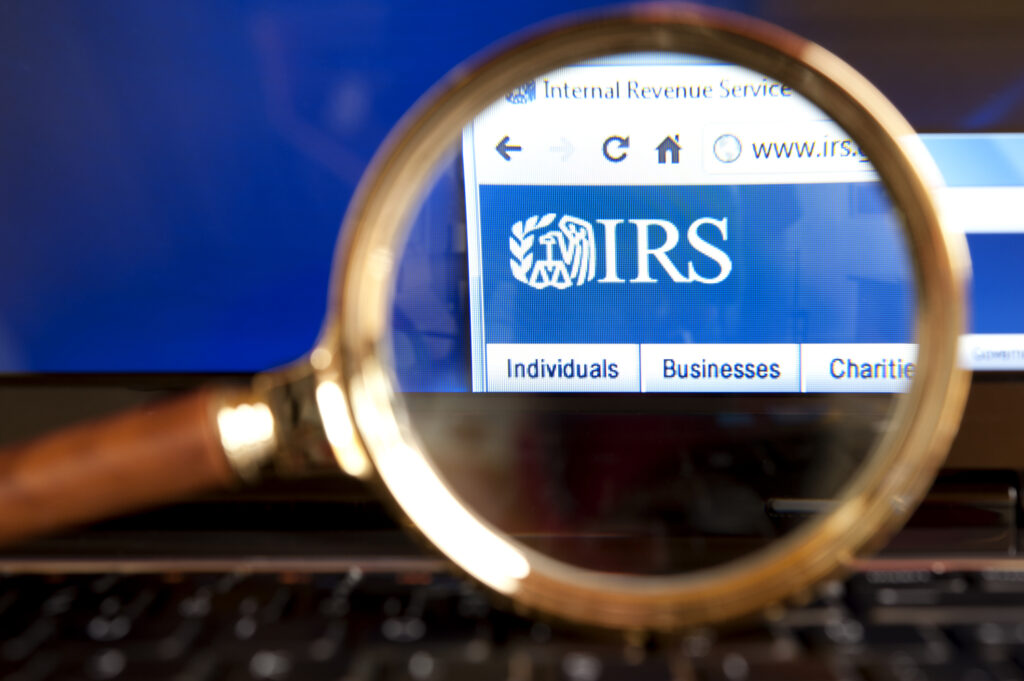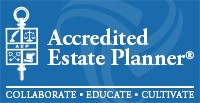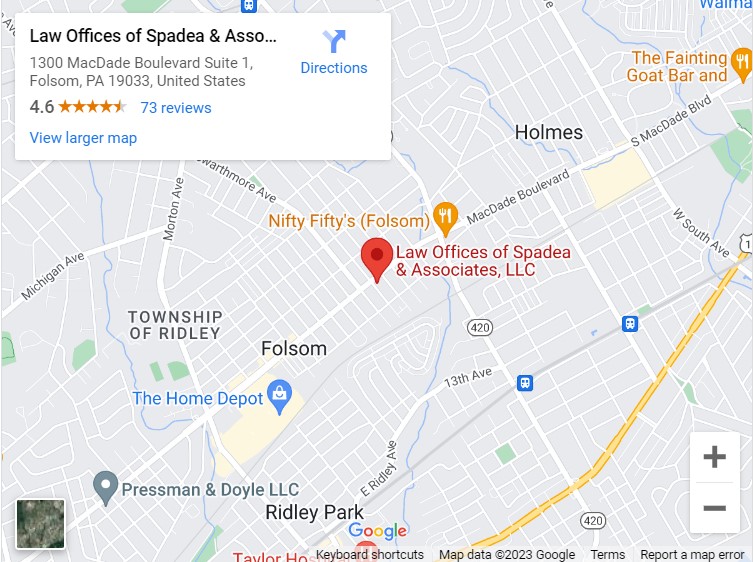The Coronavirus Aid, Relief, and Economic Security (“CARES”) Act, which became law on May 27, 2020, waives the requirement that taxpayers take required minimum distributions (“RMDs”) for 2020 from IRAs. According to Notice 2020-51 recently issued by the IRS, taxpayers who already took 2020 RMDs may be able to return them to their IRA accounts and avoid paying income tax on the distributions. The timing, however, is critical.

RMDs are minimum annual distributions that the IRS requires taxpayers to begin taking from their qualified retirement accounts after they turn a specified age. Previously that age was 70½, which was changed to age 72 by the SECURE Act enacted on December 20, 2019. Normally, taxpayers must begin taking RMDs by April 1 of the year following the year in which they reach the specified age. The CARES Act waives this requirement for 2020, including 2020 RMDs and 2019 RMDs that were required to be taken by April 1, 2020.
However, the CARES Act created three issues surrounding RMDs:
- Under current tax law, IRA owners are generally allowed to withdraw funds from an IRA account for up to 60 days without incurring tax liability. As long as the funds are returned to that account or rolled over to another qualified retirement account within 60 days, the IRA owner pays no tax and no early withdrawal penalty. As indicated above. the CARES Act, which waives required RMDs for 2020, became law at the end of March 2020. By that time, many people had already taken their RMDs for 2020 and were outside the 60-day rollover window. The CARES Act did extend the 60-day rollover window to July 15, 2020 for RMDs taken on February 1st or later. However, it did not apply to RMDs taken in January. Those distributions had no relief under the CARES Act.
- Under current tax law, you may only roll over only one IRA distribution in a 12-month period. For taxpayers who already conducted one rollover within the past 12 months, they were prohibited by law from subsequently rolling their RMDs back to the account where it came from or into another qualified retirement account. The CARES Act provided no relief for these taxpayers.
- Under current tax law, taxpayers who have inherited IRA accounts other than surviving spouses are prohibited from engaging in any rollovers. For such persons who had not yet taken their 2020 RMDs, the CARES Act eliminated the need to take them. However, for any such person who had already taken his or her 2020 RMD, the CARES Act provided no relief to allow that person to roll those funds back into the IRA account.
IRS Notice 2020-51 states that you now have until August 31, 2020 to rollover all previously distributed 2020 RMDs. This includes RMDs taken in January 2020. It also states that the rollover or repayment of RMDs will not be treated as a rollover for purposes of the one rollover per 12-month period rule. The notice also allows for the rollover of 2020 RMDs withdrawn from any inherited IRA account.
This is good news for those individuals who took RMDs and would like to put them back. By putting them back, you can reduce your current year taxable income and allow the funds to grow tax-deferred for an additional year. However, you need to act by the August 31, 2020 deadline.
If you have any questions about required minimum distributions, call Gregory J. Spadea at 610-521-0604. The Law Offices of Spadea & Associates, LLC prepares tax returns and provides estate and tax planning year-round.
















